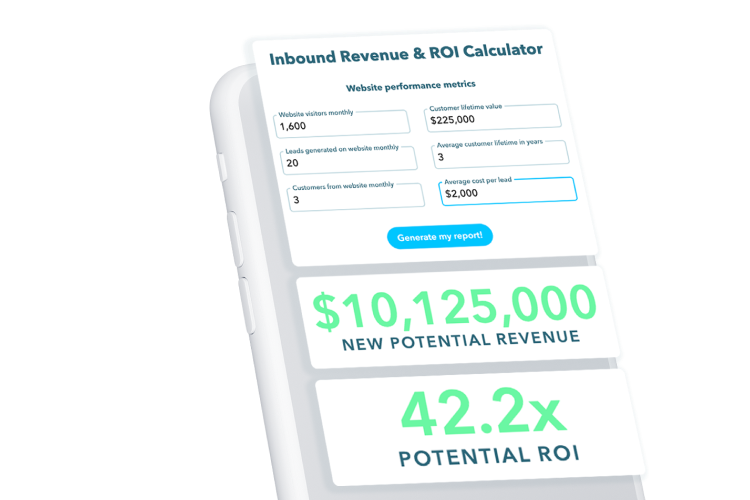 1,770 views
1,770 views 14898 Views
14898 Views  3 min read
3 min readUnderstanding your website’s monthly visitor count is one of the most fundamental metrics for measuring your online presence and digital marketing success. Whether you’re running a personal blog, an e-commerce store, or a corporate website, knowing how many people visit your site each month provides crucial insights into your audience reach, content effectiveness, and overall web performance. This metric serves as a baseline for evaluating growth trends, comparing seasonal fluctuations, and making informed decisions about marketing strategies, content creation, and resource allocation. By accurately tracking and analyzing your monthly visitor data, you can identify patterns in user behavior, measure the impact of promotional campaigns, and set realistic goals for expanding your digital footprint in an increasingly competitive online landscape.
Knowing how many people come to visit your website (in addition to the number of pages they visit) is important to building the right strategy to convert them into leads and customers, and keeping them engaged to come back for more.
There are many analytics tools these days that track website activity. Here we’ll cover the most common tool called Google Analytics.
If you have not yet installed the required script on your website, we recommended contacting your IT department to do so. Here’s a good article on how to get started. It’s free and can provide a lot of useful insights on your visitor’s behaviors.
If you have been gathering data using Google Analytics you may be familiar with the tool already. Here are the steps to uncovering your website’s monthly visitors:
By keeping an eye on the number of monthly website visitors metric, you can see the impact of your Inbound Marketing efforts and continually make improvements!
Want to take it a step further?
Learn how to see the traffic source of a particular page in Google Analytics 4. Understanding the traffic sources for specific pages in GA 4 is essential for optimizing your content strategy and marketing efforts at a granular level. By analyzing which channels drive visitors to individual pages—whether through organic search, social media, direct visits, email campaigns, or paid advertising—you can identify your most effective acquisition channels for different types of content.
This insight allows you to double down on successful traffic sources, allocate marketing budgets more efficiently, and tailor your promotional strategies to match what works best for each page.
If you’d like to improve your monthly visitor rate, feel free to set a time to speak with us. We’re happy to give you pointers to increase your website traffic and help you increase your business growth with Inbound Marketing.
Google Analytics, Google Search Console, and third-party tools provide accurate visitor data.
Unique visitors represent individual users, while total visits include repeat interactions from the same user.
Seasonality, algorithm updates, marketing efforts, and competitor activity can impact traffic levels.
Tools like SEMrush, Ahrefs, and SimilarWeb help benchmark your traffic against competitors.
Variations occur due to data tracking methods, filters, and attribution models.
Organic search, direct visits, social media, referral traffic, and paid ads are crucial sources to track.
